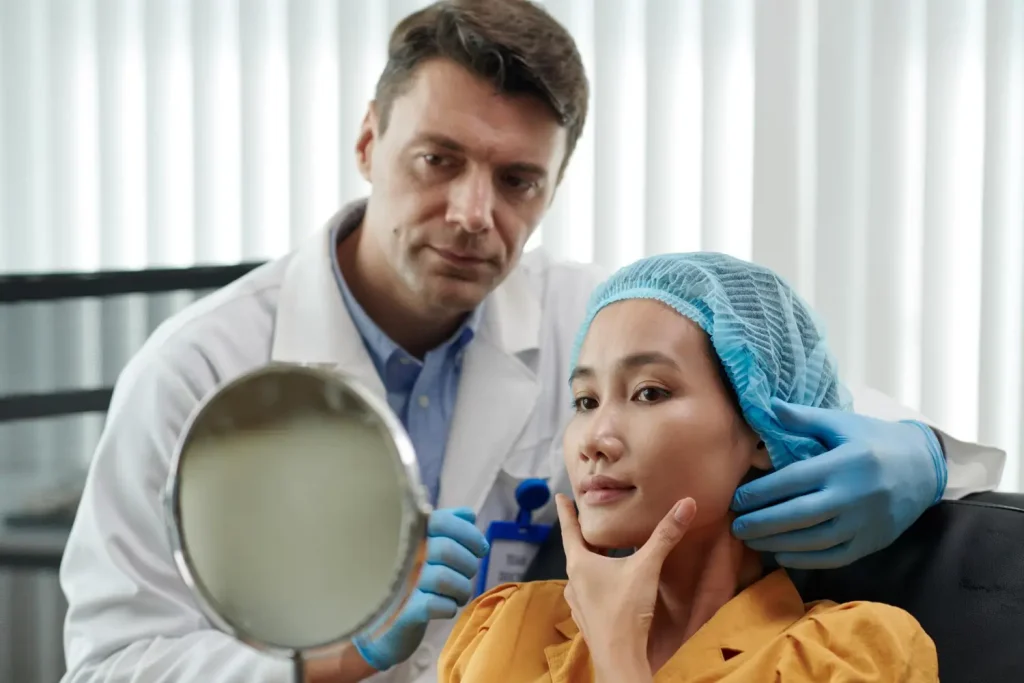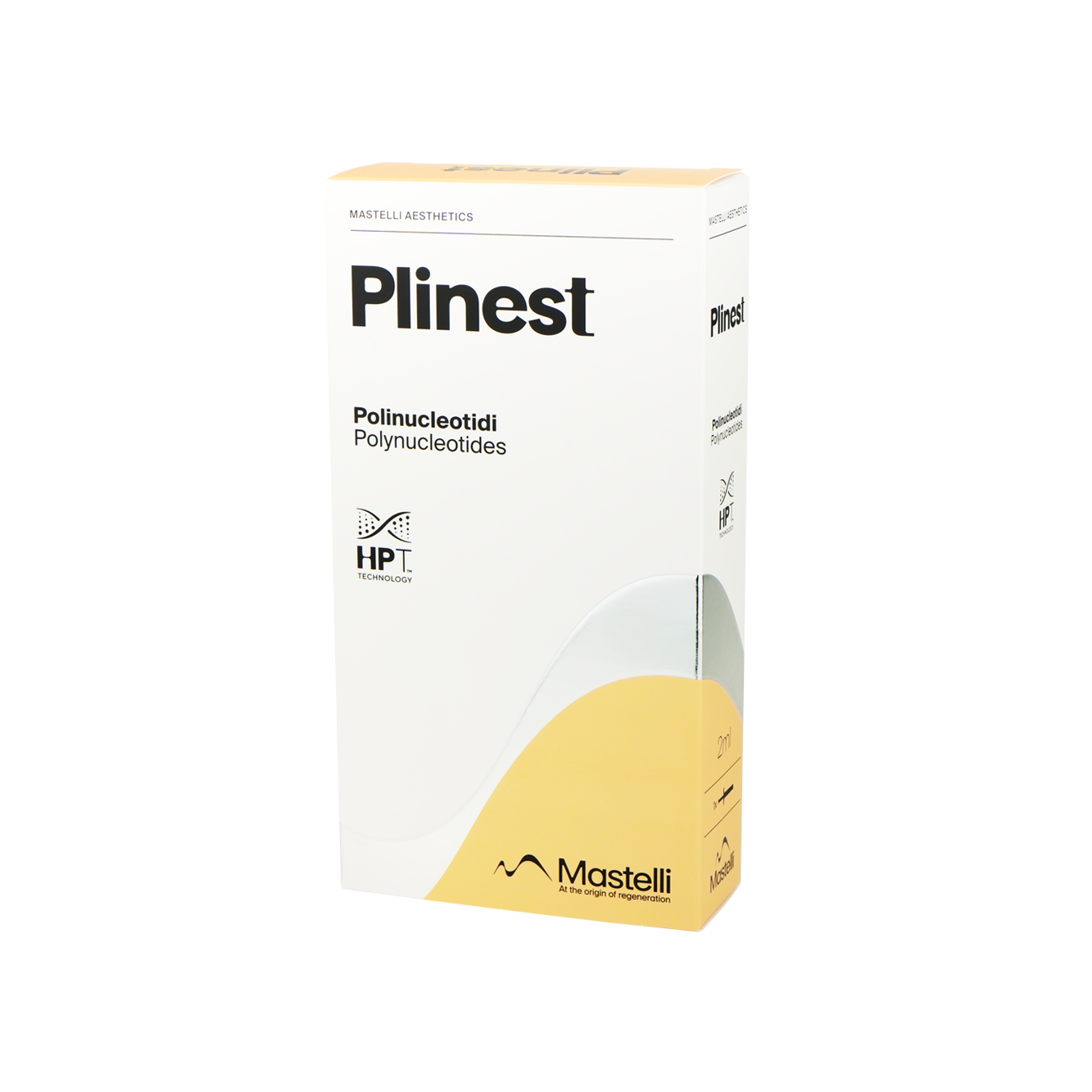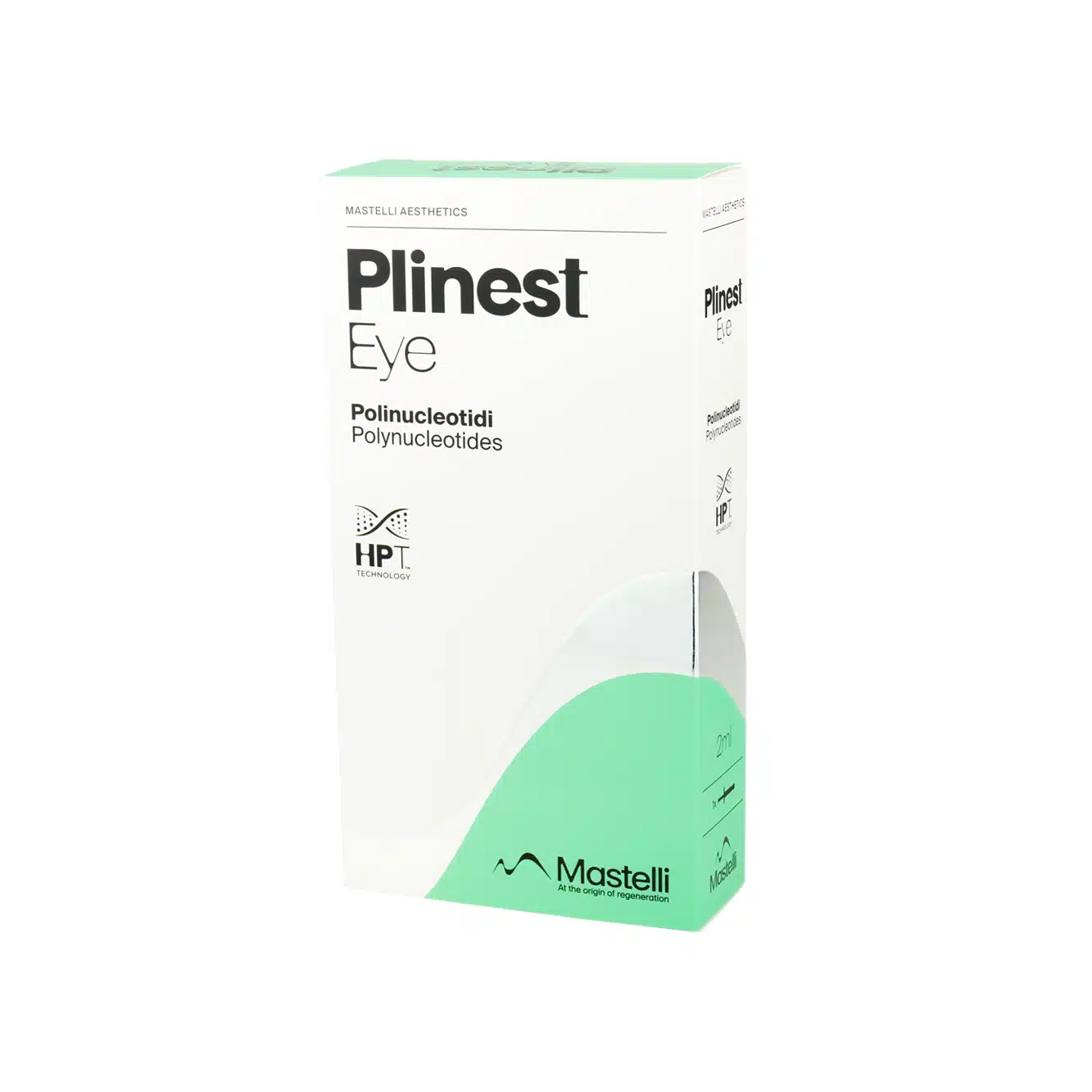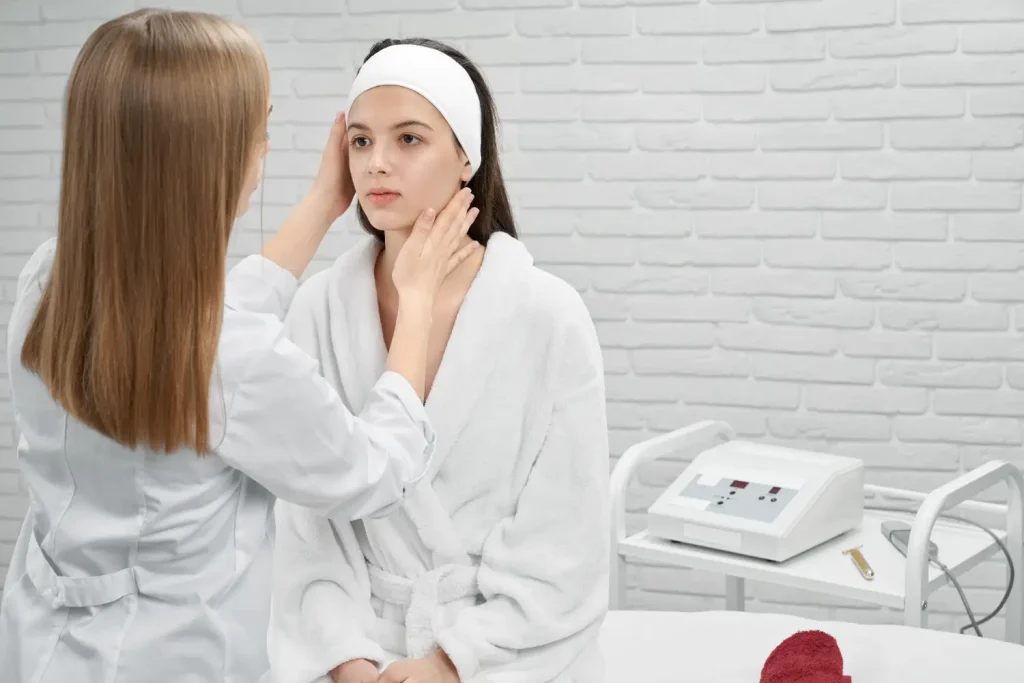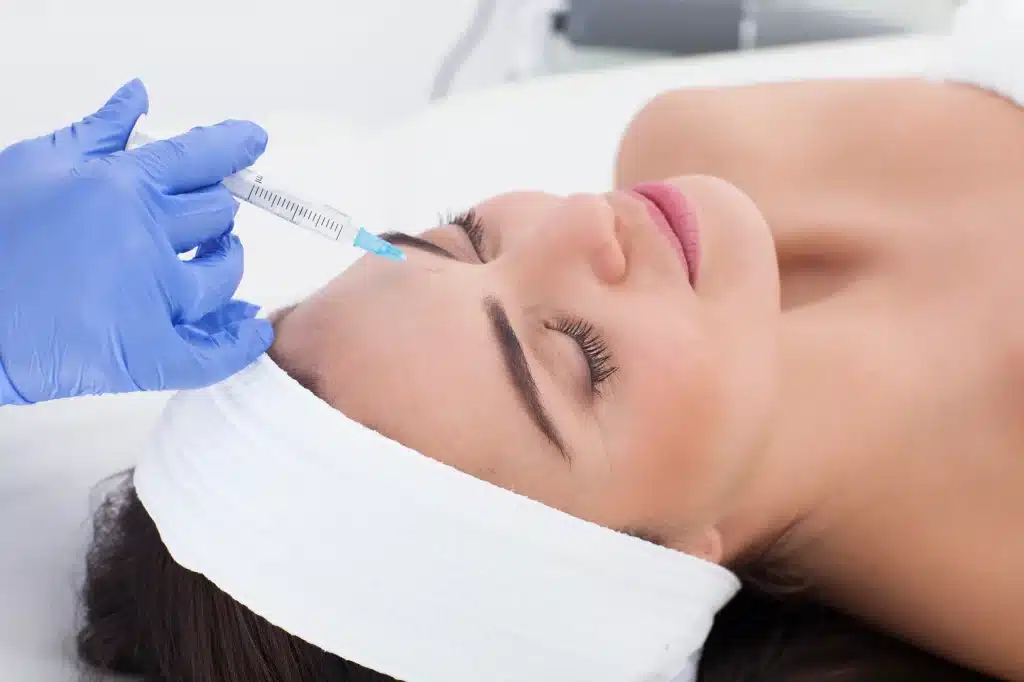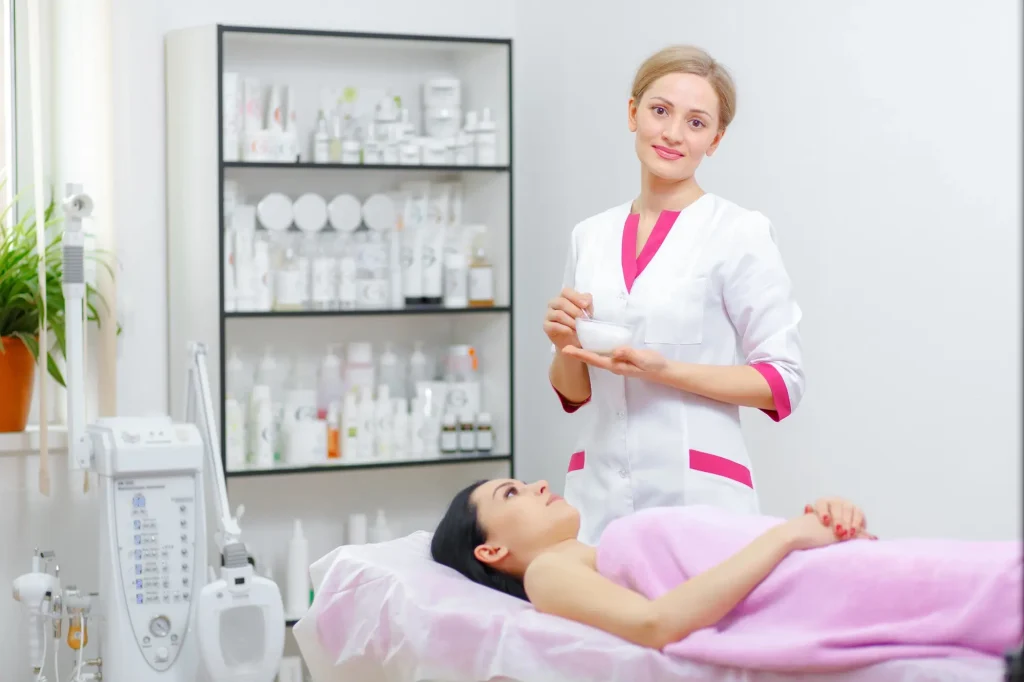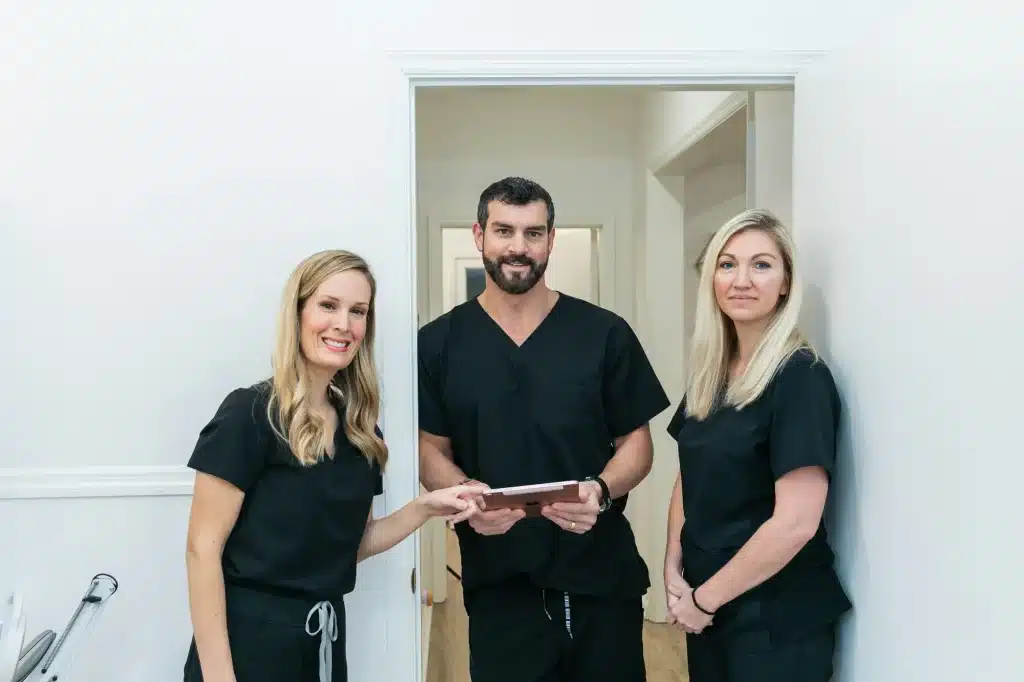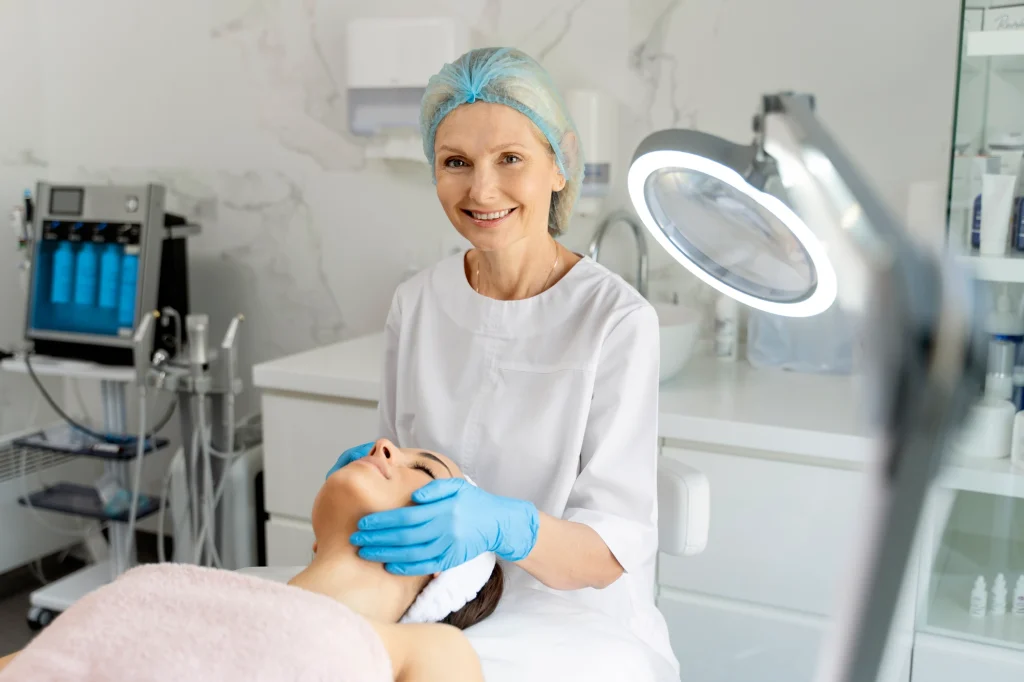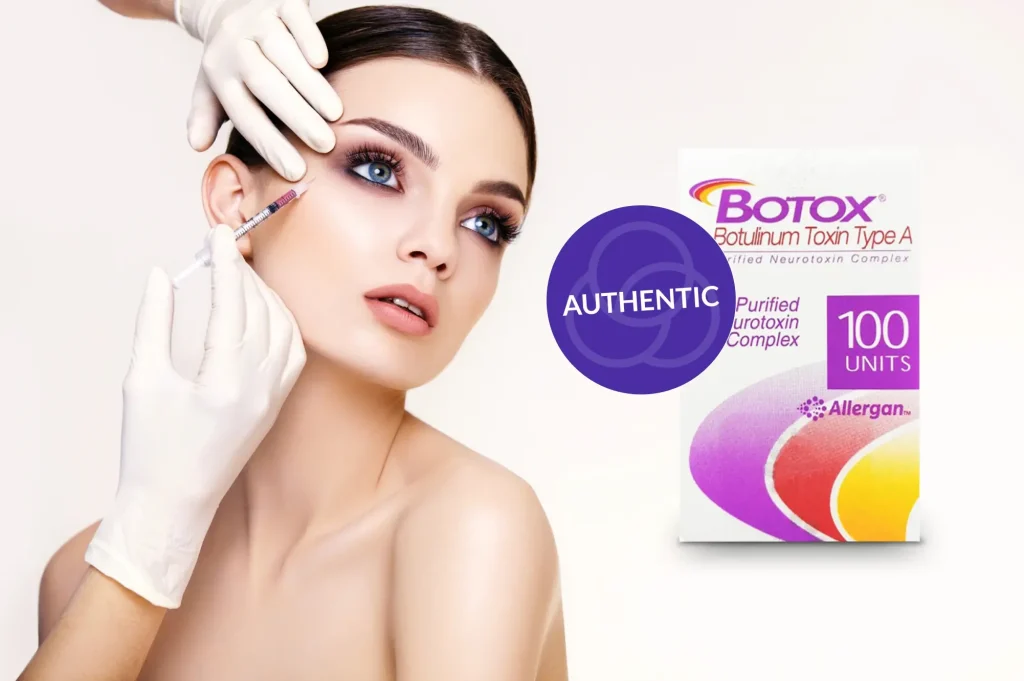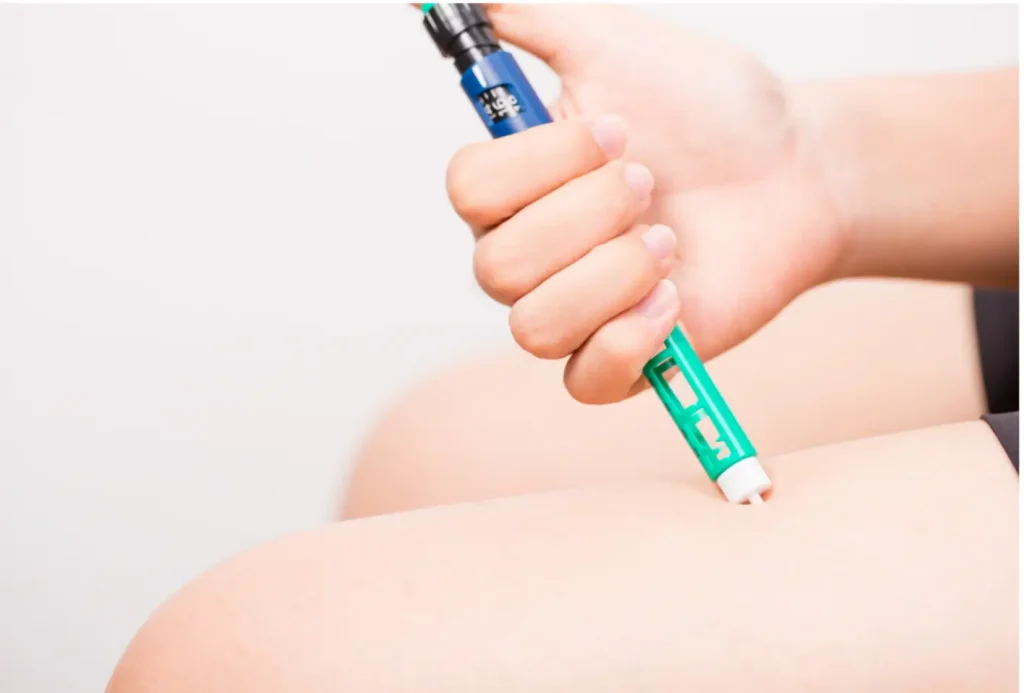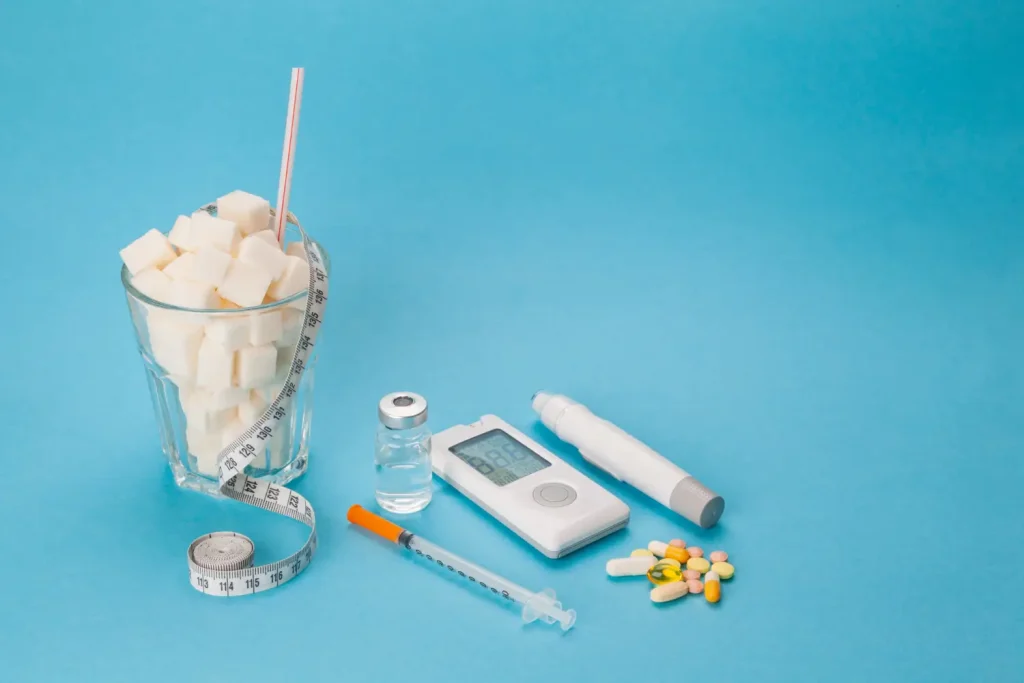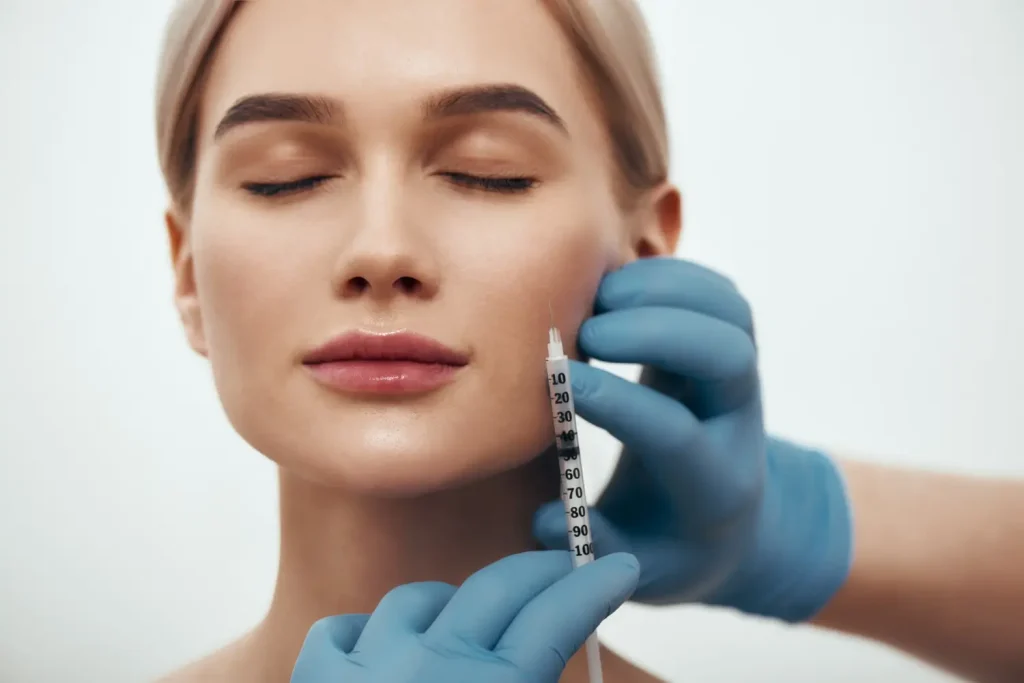Skin boosters have gained popularity as a minimally invasive solution for enhancing hydration, elasticity, and overall skin quality. These treatments, typically formulated with ingredients like hyaluronic acid or polynucleotides, are designed to support the skin’s natural repair processes, making them an attractive option for those seeking gentle, non-surgical rejuvenation. As demand for subtle, natural-looking improvements grows, understanding the full profile of these treatments, including potential side effects, has become increasingly important.
Among these innovations, Plinest stands out for its use of polynucleotides, bioactive molecules that promote skin regeneration at a cellular level. Unlike traditional volumizing fillers, Plinest stimulates the body’s collagen production and enhances tissue repair, resulting in gradual but noticeable improvements in skin texture and firmness. While generally well-tolerated, Plinest, like any injectable treatment, carries the possibility of side effects that patients should be aware of before undergoing treatment.
This article will explore the side effects associated with Plinest, providing a realistic overview of what to expect after treatment, how to recognize normal vs. concerning alllergic reactions, and practical advice on managing potential adverse effects.
Key Takeaways
- Plinest is a polynucleotide-based injectable that improves skin hydration, texture, and elasticity by stimulating natural tissue regeneration, with a favorable safety profile when administered correctly.
- Common side effects include mild redness, swelling, tenderness, and minor bruising, typically resolving within 24 to 48 hours and manageable with basic aftercare measures.
- Rare adverse events, such as hypersensitivity reactions, nodules, or prolonged inflammation, can occur but are uncommon and often linked to improper injection technique or patient-specific factors.
- Plinest is contraindicated for individuals with active skin infections, autoimmune disorders, or known allergies to fish-derived products, necessitating thorough pre-treatment screening.
- Comprehensive patient assessment, allergy screening, skin evaluation, and clear communication about expected outcomes are essential for minimizing risks and ensuring treatment success.
- Compared to similar injectables like Rejuran and Nucleofill, Plinest shows a low incidence of adverse reactions, with high patient satisfaction and minimal downtime, as evidenced by positive Plinest before and after results.
- Practitioners should provide structured post-treatment care instructions and conduct follow-ups to monitor healing, address concerns, and ensure optimal outcomes.
About: Medical Spa RX provides medical practices with premium products at the best prices. If you’re looking to buy Plinest for your practice, the sales representatives at Medical Spa RX can give you guidance.
Common Side Effects and Management
Like most aesthetic injectables, Plinest treatment is generally safe when administered by qualified professionals. However, as with any skin-based procedure, minor side effects can occur. These are typically mild and transient, reflecting the body’s natural response to injections rather than a sign of complications.
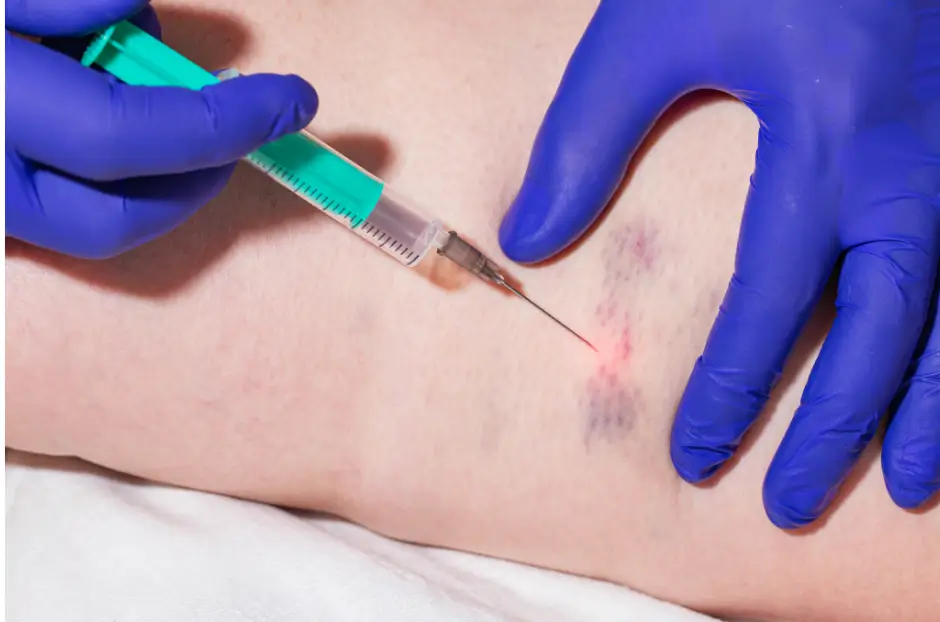
The most commonly reported reactions include:
- Redness (erythema) at the injection site
- Swelling (edema) localized to the treated area
- Tenderness or mild discomfort post-procedure
- Minor bruising, especially in areas with thinner skin
These effects usually appear immediately or within a few hours after treatment and tend to resolve on their own within 24 to 48 hours. Most patients require no special medical intervention. However, basic symptom management can enhance comfort and support the healing process:
- Applying cold compresses gently for 10–15 minutes at a time to reduce swelling
- Avoiding strenuous activity, hot environments, or direct sun exposure for the first 24 hours
- Refraining from touching, pressing, or massaging the treated areas to prevent irritation
Following these aftercare tips not only minimizes side effects but also supports the even integration of Plinest, enhancing treatment outcomes. Maintaining realistic expectations about Plinest before and after results helps patients stay patient through the gradual skin regeneration process.
Rare Plinest Side Effects and Contraindications
Although rare, certain adverse reactions to Plinest can occur, particularly if proper protocols are not followed or if the patient has underlying predispositions. These reactions may require closer clinical attention:
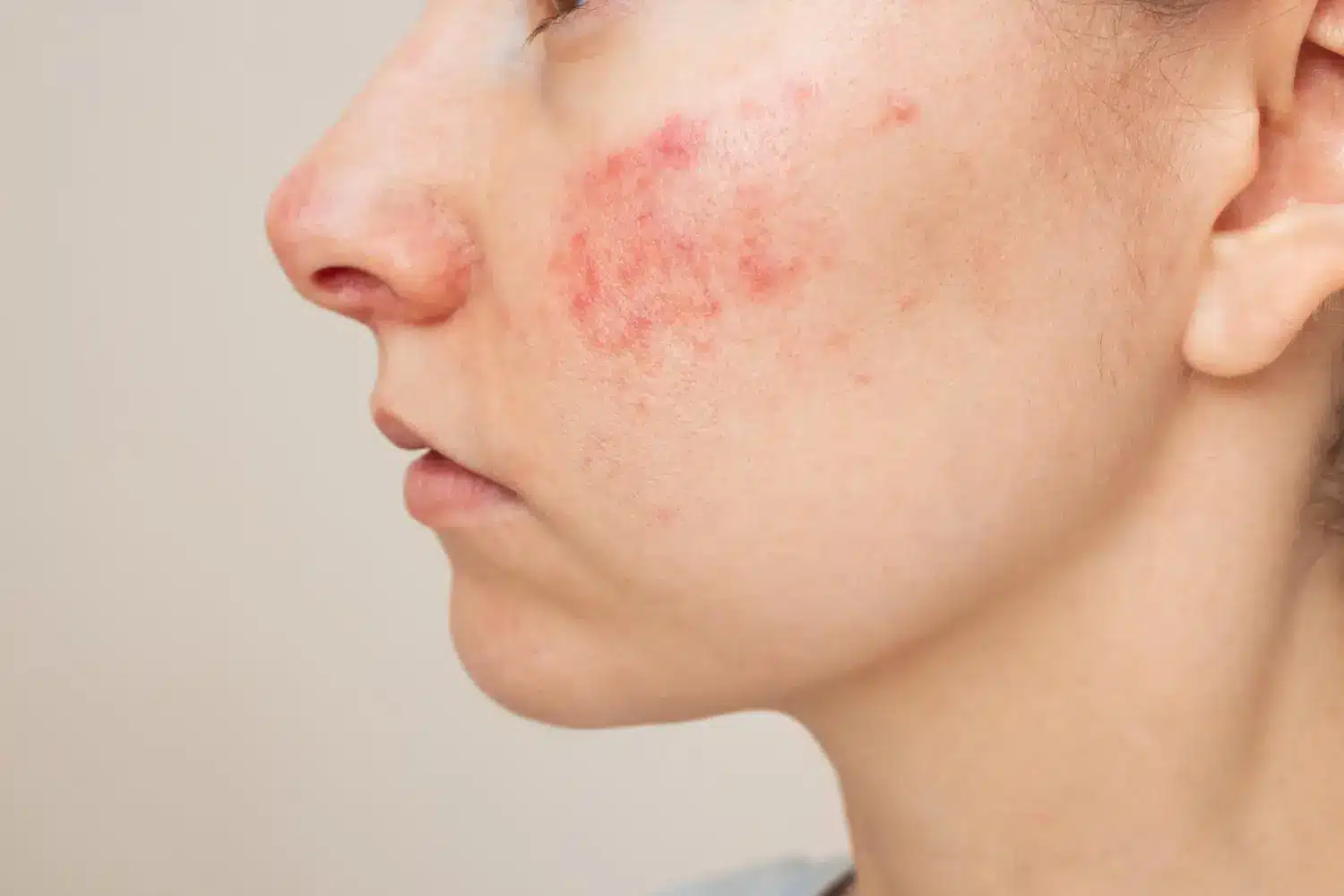
- Hypersensitivity reactions, particularly in individuals allergic to fish-derived products, since Plinest is extracted from trout DNA.
- Nodules or granuloma formation may result from improper injection technique or an inflammatory response.
- Prolonged swelling or redness, which could signal an allergic or inflammatory complication.
Plinest treatment should not be used in patients with:
- Active skin infections, such as acne flare-ups, eczema, or open wounds in the treatment area
- Autoimmune conditions that may predispose them to complications
- Known allergies to polynucleotides or fish products
To minimize these risks, thorough patient screening protocols and strict adherence to post-treatment care are essential. Early identification of contraindications ensures patient safety, while correct injection techniques and diligent follow-up reduce the likelihood of adverse outcomes.
Patient Assessment and Risk Mitigation
A comprehensive pre-treatment assessment is the foundation of safe and effective Plinest therapy. Practitioners should adopt a structured approach that includes:
- Thorough Medical History Review: Identifies any underlying conditions or contraindications.
- Allergy Screening: Especially for fish allergies, given the polynucleotide source.
- Skin Assessment: Evaluate the treatment area’s health and condition to rule out infections or inflammation.
- Setting Realistic Expectations: Educating patients on what to expect regarding side effects, results, and downtime.
- Informed Consent: Ensuring patients are fully aware of potential risks and give written agreement to proceed.
After treatment, practitioners should conduct routine follow-ups to monitor healing and address any concerns. Providing clear post-care instructions reinforces safety, reduces the risk of complications, and improves patient satisfaction.
Comparative Safety Profile
As a polynucleotide-based skin booster for fine lines and wrinkles, Plinest offers a favorable safety profile compared to many conventional injectables. Clinical data and patient reports consistently highlight its low incidence of adverse reactions and minimal downtime.
When comparing Plinest vs Rejuran and similar treatments like Nucleofill, several points stand out:
- Thanks to its highly purified formulation, Plinest exhibits a low frequency of allergic or inflammatory responses.
- Reported side effects are usually mild and self-limiting, such as transient redness or swelling.
- No significant long-term complications have been widely reported in clinical literature.
- Patient satisfaction rates are high, with improvements in skin texture, tone, and hydration achieved through a regenerative, non-volumizing approach.
Additionally, before and after photos often reflect smoother, more radiant skin with a natural finish, appealing to patients seeking subtle, progressive enhancement without drastic changes. Its regenerative mechanism aligns well with patient expectations for safe, minimally invasive skin rejuvenation.
Nonetheless, outcomes can vary based on practitioner technique, product handling, and individual patient characteristics, underscoring the importance of professional expertise.
Conclusion
Plinest is a well-tolerated and clinically supported solution for skin rejuvenation, offering minimal side effects for the majority of patients. While minor reactions like redness, swelling, and tenderness are common, they are typically short-lived and manageable with standard aftercare practices.
Rare complications are possible but can be largely avoided through thorough patient assessment, proper injection technique, and clear post-treatment guidance. Compared to other aesthetic injectables, Plinest stands out for its favorable safety profile, natural-looking results, and high patient satisfaction.
When administered by trained professionals, Plinest provides an effective, low-risk option for individuals seeking non-surgical skin enhancement. Consulting with a qualified practitioner ensures treatments are personalized, safe, and aligned with each patient’s aesthetic goals.
FAQs
1. What is Plinest made of?
Plinest contains polynucleotides (PN) extracted from trout DNA using High Purity Technology (PN-HPT). It is designed to promote skin regeneration and hydration.
2. How long do Plinest results last
Results can last 6 to 12 months, depending on the patient’s skin condition, age, and lifestyle.
3. How many sessions are required
A standard treatment plan includes 3 sessions spaced 2 to 3 weeks apart, with maintenance treatments every few months.
4. Is Plinest safe for all skin types
Yes, Plinest is generally safe for all skin types, but individuals with fish allergies or certain medical conditions should avoid it.
5. Can Plinest be combined with other treatments?
Yes, Plinest is often combined with microneedling, lasers, or hyaluronic acid fillers to enhance results.
6. What is the downtime after Plinest treatment?
Downtime is minimal. Most patients experience mild redness or swelling that resolves within 24–48 hours.
7. Is Plinest painful?
Discomfort is minimal. Topical numbing cream is typically applied before injections to reduce any sensation.
References
Yi KH, Park MS, Ree YS, Kim HM. A review on skin boosters: Hyaluronic acid, poly-L-lactic acid, and pol-D-lactic acid; polydeoxyribonucleotide, polynucleotides, growth factor, and exosome. Aesthet. 2023;4(1):1-5. doi:10.46738/Aesthetics.2023.4.1.1.
Yi K, Winayanuwattikun W, Kim S, et al. Skin boosters: Definitions and varied classifications. Skin Research and Technology. 2024;30(3). doi:10.1111/srt.13627

